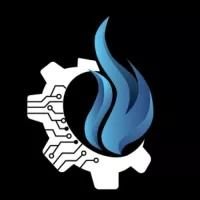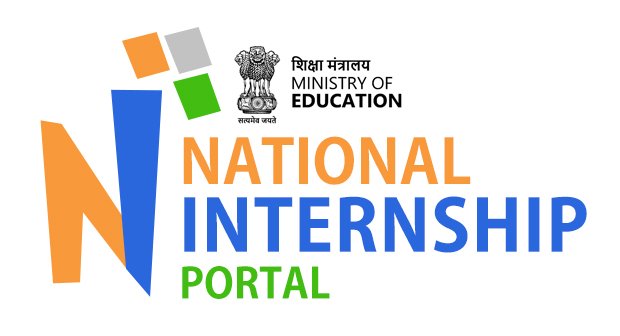This article outlines a focused approach to research-driven business analysis, covering how to conduct research on industry trends, market dynamics and competitors; analyze data to draw insights; develop and maintain research databases and analytical tools; and prepare and present findings to stakeholders. It also summarizes essential candidate requirements needed to perform these tasks effectively.
Research, Analysis and Data Infrastructure
Conducting research on industry trends, market dynamics and competitors is the starting point for any insight-driven function. This work requires systematically gathering relevant information, organizing it into usable formats, and linking findings to measurable objectives. Analyzing data to draw insights follows directly: raw information is converted into meaning through careful interpretation, producing conclusions that inform strategy and operational decisions.
Developing and maintaining research databases and analytical tools is integral to creating a repeatable, scalable workflow. Robust research databases provide a centralized repository for industry trends, market dynamics and competitor intelligence, enabling efficient retrieval and longitudinal comparison. Analytical tools support the transformation of stored data into actionable insights. Together, databases and tools preserve institutional knowledge, reduce redundancy, and accelerate the analyze-to-insight cycle.
Because these activities are interdependent, maintaining rigor across each step matters. Conducting research without a structured database limits reuse; analysis without suitable tools constrains depth; tools without accurate input undermine conclusions. The continuous loop of research → database → analysis ensures that insights remain relevant and that industry and market signals are tracked over time.
Presentation, Stakeholder Engagement and Candidate Requirements
Preparing and presenting findings to stakeholders is the final, essential phase where insights create impact. Clear presentation formats and concise synthesis translate analyzed data into stakeholder-ready narratives. Effective delivery ensures that conclusions about industry trends, market dynamics and competitors inform decisions and prompt action. Presentations should align insights with stakeholder needs so that recommendations are understood and usable.
Successful execution of the full workflow relies on a defined set of requirements. A Bachelor’s degree in Business, Marketing or a related field establishes the foundational knowledge needed to interpret market signals and contextualize industry trends. Strong analytical and communication skills enable a practitioner to analyze data to draw insights and to convey those findings clearly when they prepare and present findings to stakeholders.
Technical proficiencies support both analysis and presentation: proficiency in Excel and PowerPoint allows for structuring datasets and crafting stakeholder-ready slides, while experience with statistical software (for example, SPSS or SAS) supports deeper analytical processes. An understanding of research methodologies underpins the ability to conduct research on industry trends, market dynamics and competitors in a rigorous way. Attention to detail ensures accuracy across research, databases and tools; the ability to work independently and in teams allows practitioners to operate both as self-directed analysts and as collaborative contributors to stakeholder objectives.
When these requirements align with the described tasks—research, data analysis, database and tool maintenance, and stakeholder presentation—the organization builds a coherent capability to monitor markets, understand competitors, and translate data into strategic action.
In summary, the role blends targeted research on industry trends, market dynamics and competitors with disciplined data analysis, sustained research database and analytical tool management, and clear preparation and presentation of findings to stakeholders. Success depends on a Bachelor’s in Business/Marketing or related, strong analytical and communication skills, proficiency in Excel and PowerPoint, experience with statistical software like SPSS or SAS, an understanding of research methodologies, attention to detail, and the ability to work independently and in teams, ensuring insights are accurate, actionable and effectively communicated.




